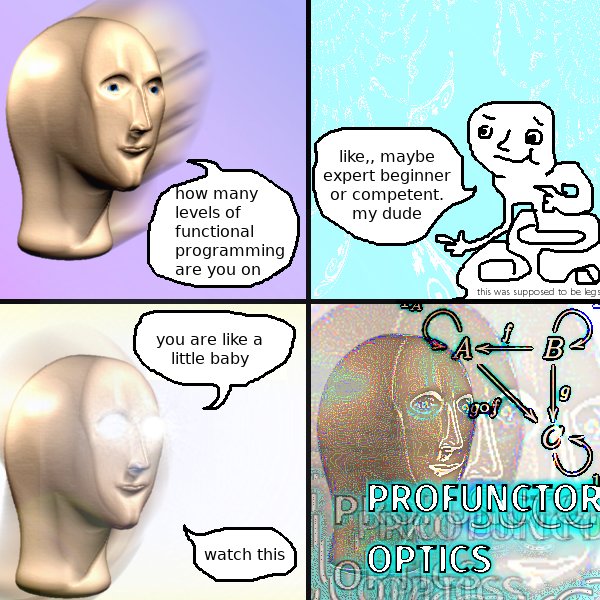Trivia
Why is it called Boxed?
Most of the types we provide can be seen as container boxing values, hence the box. This approach makes disambiguation between certain values possible, where regular JavaScript construct don't (e.g. the return value from array.find(x => x === undefined) doesn't give you any information).
That's how we think of the Option, Result and AsyncData types: little boxes that may or may not contain certain informations (like Schrödinger's cat 🐈).
How does Boxed work?
We aim for a good compromise between performance, developer experience and ability to leverage TypeScript.
We settled on using classes, as it provides a familiar chaining API.
class Option<Value> {
value: { tag: "Some"; value: Value } | { tag: "None" };
// ...
map(f) {
/* ... */
}
}
Having a union type within the value allows us pattern-match the values, while sharing the methods in memory.
For performance, we make the prototype methods cleaner make rebuilding it from Object.create(null):
const proto = Object.create(
null,
Object.getOwnPropertyDescriptors(OptionClass.prototype),
);
We then use Object.create(proto) to create new instances, on which we set our values:
const option = Object.create(proto) as Option<Value>;
option.value = { tag: "Some", value: value };
Where's {insert category theory terminology}?
We want this library to be as simple as possible.
While the theoretical concepts in languages such as Haskell are really interesting and powerful, we don't want to add that kind of knowledge barrier for a library that can benefit to lots. That's also the reason why we use simple wording, such as Result.Ok & Result.Error instead of more abstract naming like Either.Left & Either.Right.
This approach made us settle on an API that leverages JavaScript objects to provide chaining (although we're likely to provide a functional API once the pipeline operator lands in JS).
